Bingeing and purging, simply consuming significantly more than usual (binge-eating) and then attempting to restore the balance by removing all food consumed from the body (purging).
A binge is described as drinking more than average in a short period while being out of control. It would help if you consistently binged wisely and must know the most accessible foods to purge.
Types of Bingeing
People can binge on any meal type, but fatty and high-carbohydrate products are frequently selected because they are avoided, particularly for those who have a negative impression of their body weight, and they generate anxiety when ingested.
Purging procedures and Easiest foods to purge
People use various purging procedures to get somehow rid of the excess food they’ve eaten.
Puking
Self-induced puking is a sort of purging. The person increases the sensation by pushing their fingers down their neck to generate nausea or swallow salty water or other chemicals to induce vomiting.
Vomiting can harm your gastrointestinal tract and exhaust you. The uptake of stomach acid in vomit by the teeth can lead to death and tooth damage
Cholera
Another type of purging is self-induced diarrhea. It is frequently performed by employing enemas to empty the lower gastrointestinal tract. Loose motion is also damaging to the gastrointestinal tract, producing dehydration, nutritional waste, and the risk of constipation if laxatives are taken excessively. Diuretics are also used to aid in losing weight.
However, these medications just lead to dehydration, which is quickly replaced.
Excessive Strenuous Exercise
Excessive exercise is a well-known method of cleansing. Exercise is widely seen as a healthy behavior, particularly by someone who is overweight or obese, and is thus rarely restricted until it causes harm.

Exercising enough to burn off every calorie from a spree can take hours every day, taking away time for other activities. People who do not consume enough nutrients through a well-balanced diet to meet the needs to make significant changes may become malnourished.
Knowing the Easiest foods to purge will surely help. Consuming empty calories throughout binges may not even be enough to install and strengthen bone and muscle. Narcotic substances, such as methamphetamine and other stimulants, heroin, euphoria, or caffeine, can also speed up purging when combined with exercise.
These drugs can deliver a burst of energy, increase physical and mental alertness, and increase the ability to exercise for extended periods. These medications have a lot of risks, which cause weariness when they wear off.
Purging disease is an overeating disorder characterized by purging to reduce weight or change one’s body structure. Purging may focus on several things, including:
- self-induced vomiting;
- incorrect administration of drugs or treatments;
- hunger after a heavy session
Although it is not as well-known as many other eating disorders, Purging syndrome is an acknowledged eating disorder and is classified under Other Particular Eating or Feeding Disorder.
It’s critical to remember that medical conditions are among the most dangerous mental illnesses. They have the potential to have significant effects both on health and well-being. If you suffer from an eating disorder, realize that you’re not alone and that help is always available.
Purging disorder vs. bulimia
Bulimia is a significant medical disorder characterized by a pattern of bingeing followed by purging.
| Aspect | Purging Disorder | Bulimia Nervosa |
| Definition | A disorder characterized by purging behaviors (vomiting, laxatives, etc.) to control weight without binge eating. | A disorder involving recurrent episodes of binge eating followed by purging to avoid weight gain. |
| Binge Eating | Does not involve binge eating. Purging occurs after consuming normal or small amounts of food. | Involves frequent episodes of eating large amounts of food in a short period, often accompanied by a feeling of loss of control. |
| Purpose of Purging | To prevent weight gain from normal or small amounts of food intake. | To counteract the effects of binge eating and prevent weight gain. |
| Frequency of Behaviors | May not be as frequent as in bulimia, but purging is still distressing and compulsive. | Occurs at least once a week over three months, as per diagnostic criteria (DSM-5). |
| Emotional Trigger | Often driven by an intense fear of weight gain or body dissatisfaction without a binge episode. | Driven by guilt, shame, or distress following a binge-eating episode. |
| Body Weight | Individuals are often of normal weight but may also be underweight. | Most individuals are of normal weight, but fluctuations are common. |
| Awareness of Problem | People with purging disorder may not recognize their behavior as problematic. | People with bulimia are often aware their behaviors are harmful but feel unable to stop. |
However, bulimia and purging syndrome can show purging habits; the primary difference is that bulimia is defined by a desire to binge-eat. Purging disorder is defined as wiping behaviors that are not in response to a binge-eating incident.
Purging as an Eating Disorder Sign
Even if you are well aware of the Easiest foods to purge, purging is an eating disorder. Purging behaviors are most commonly noticed in adolescents who have bulimia. A pattern of excesses characterizes overeating disorder, sometimes referred to as binge-eating, accompanied by a purging of the body of the food recently consumed.
Purging, on either hand, can happen in both normal-eating adolescents and those suffering from anorexia nervosa. If you presume your kid has an eating ailment, you should seek professional help because the consequences can be severe.
Which fruits digest easiest
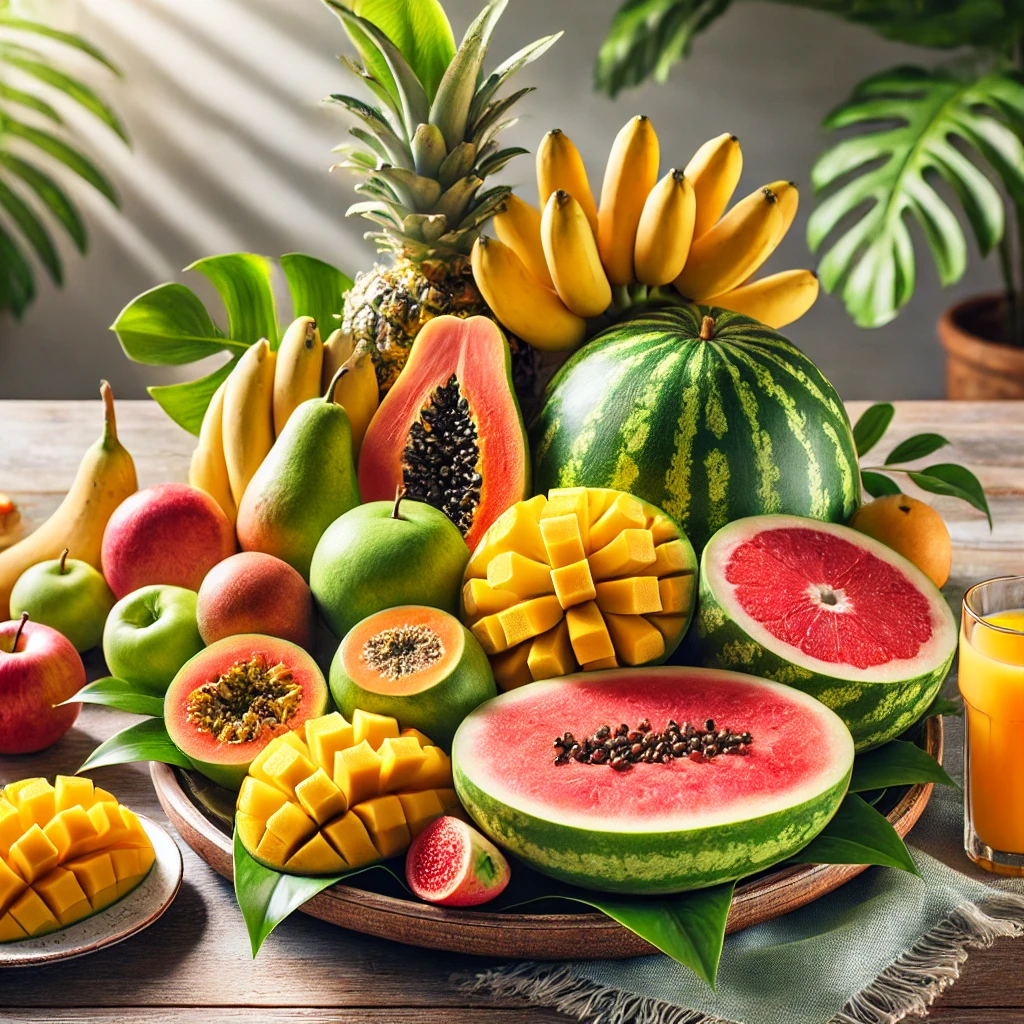
People with inflammatory bowel disease (IBD) often worry about what they should eat, and they are always keen to know the Easiest foods to purge. It can result in a diet that consists mainly of simple carbohydrates and tea, which is not a good diet for someone who requires additional vitamins.
While a gastroenterologist, dietitian, or nutritionist is the best source of diet advice, you will need to put in some time and effort on your own. You may be ignorant that better dietary alternatives are open, especially if you have got diagnosed.
Essential fruits can provide significant nutritional contributions. Eating various fresh meals is the most accessible approach to obtaining vitamins and minerals. When making any changes in diet, contact your doctor.
It’s also a fantastic approach to keeping nutrition and symptom records when contemplating dietary adjustments. Here is the answer to your query about which fruits digest easiest.
Papaya
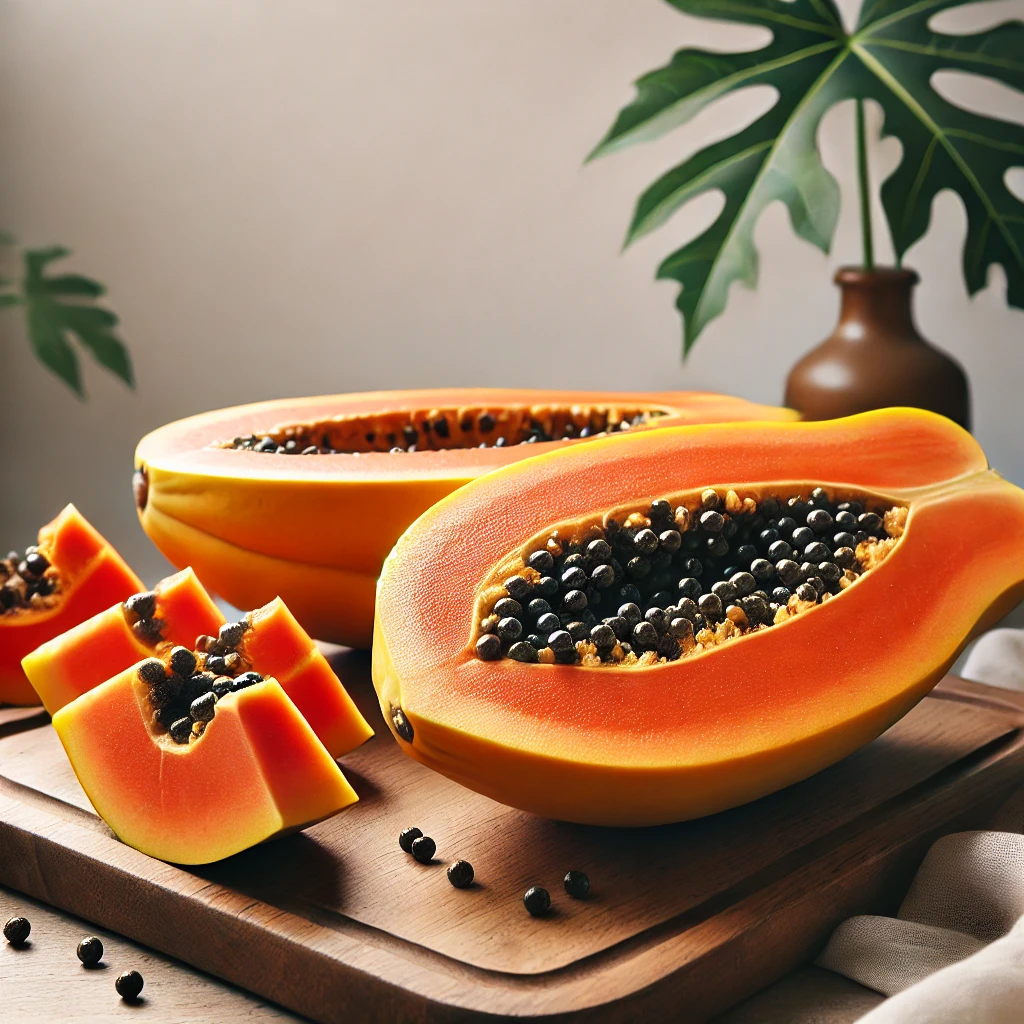
One instance of a fruit that is generally easier to absorb is papaya. It can help with protein breakdown. Papayas possess papain, an enzyme that breaks proteins and renders them more readily available to the body.
This protein is so powerful that it will be employed as a meat substitute. Papayas, like most fruits, are rich in vitamins and minerals, nutrients, and antioxidants. In addition, some minerals and vitamins included in papayas could be insufficient in IBD patients.
Bananas

Bananas are the perfect meals on the planet. They couldn’t be healthier to digest from a practical standpoint; they come in their container and can be consumed practically anyplace without cutlery or even a towel.
They’re high in potassium, a mineral that some individuals with IBD may be deficient in. Bananas also include the following minerals and vitamins. Bananas are the easiest thing to purge.
Bananas are easily digestible and are frequently prescribed for those suffering from diarrhea and vomiting. If you have an ileostomy or a j-pouch, bananas can help strengthen the output and prevent or clear up watery stool.
On the other hand, bananas are high in FODMAPs and should be avoided by people with dyspepsia and/or inflammatory bowel syndrome (IBS).
Cantaloupe
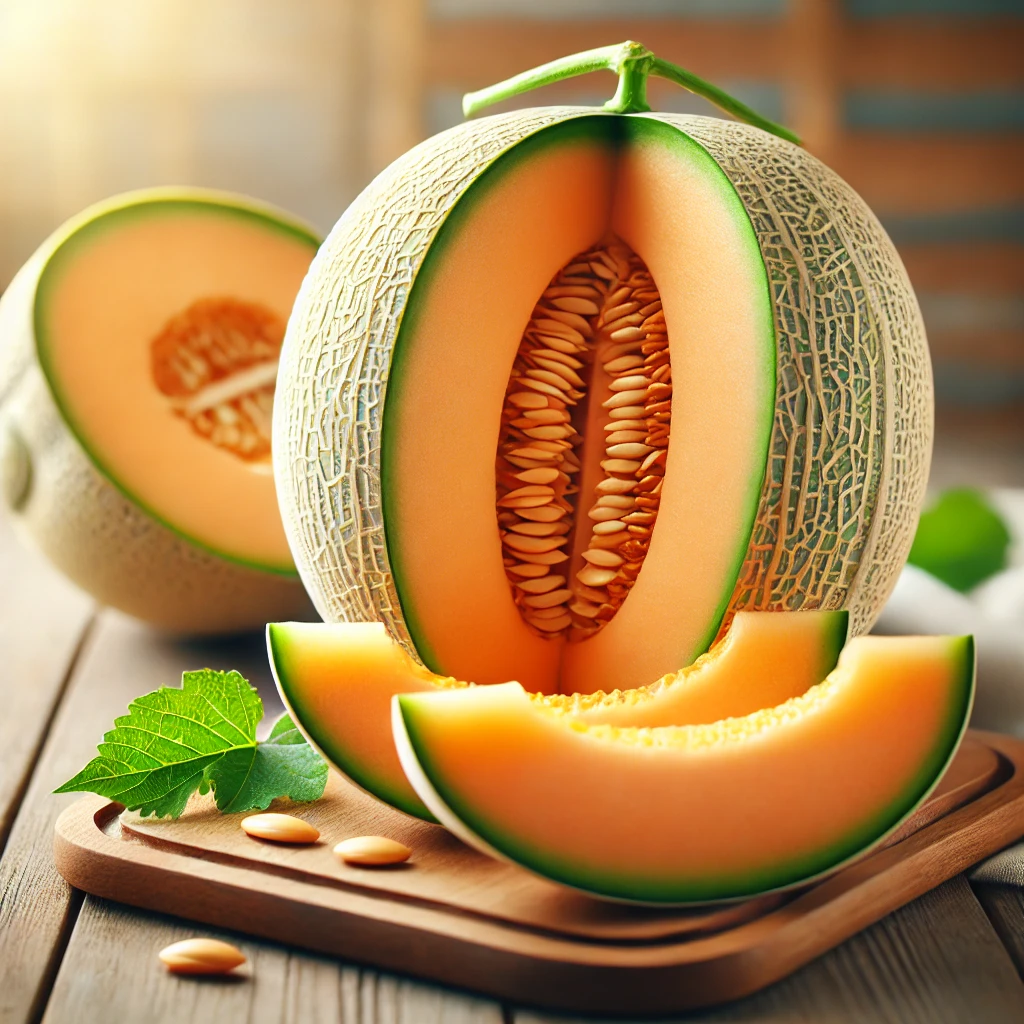
Cantaloupe is a kind of melon with a delicious, juicy core. In the United States, a cantaloupe is called a muskmelon rather than a cantaloupe.
Like many fruits and vegetables, Cantaloupes contain various nutrients necessary for human health, including those that are incredibly useful to IBD sufferers.
Cantaloupes are delicious when eaten fresh, and the fruit’s core is flexible enough to combine into a milkshake. It can also be consumed with yogurt or incorporated into a caesar salad with other easily digestible fruits.
When cantaloupes are fully matured, they should be cut and consumed so that the meat is not too firm. Instead, offer the melon’s tip a little squeeze to determine ripeness.
You must be able to feel very little flexibility in the outer peel; this should not soak in too profoundly or be firm and stubborn.
To store the cantaloupe for later, pick one with the firmer crust on end and leave it to mature on the counter after a day or two. Refrigerate it once it has reached ripeness.
Watermelon
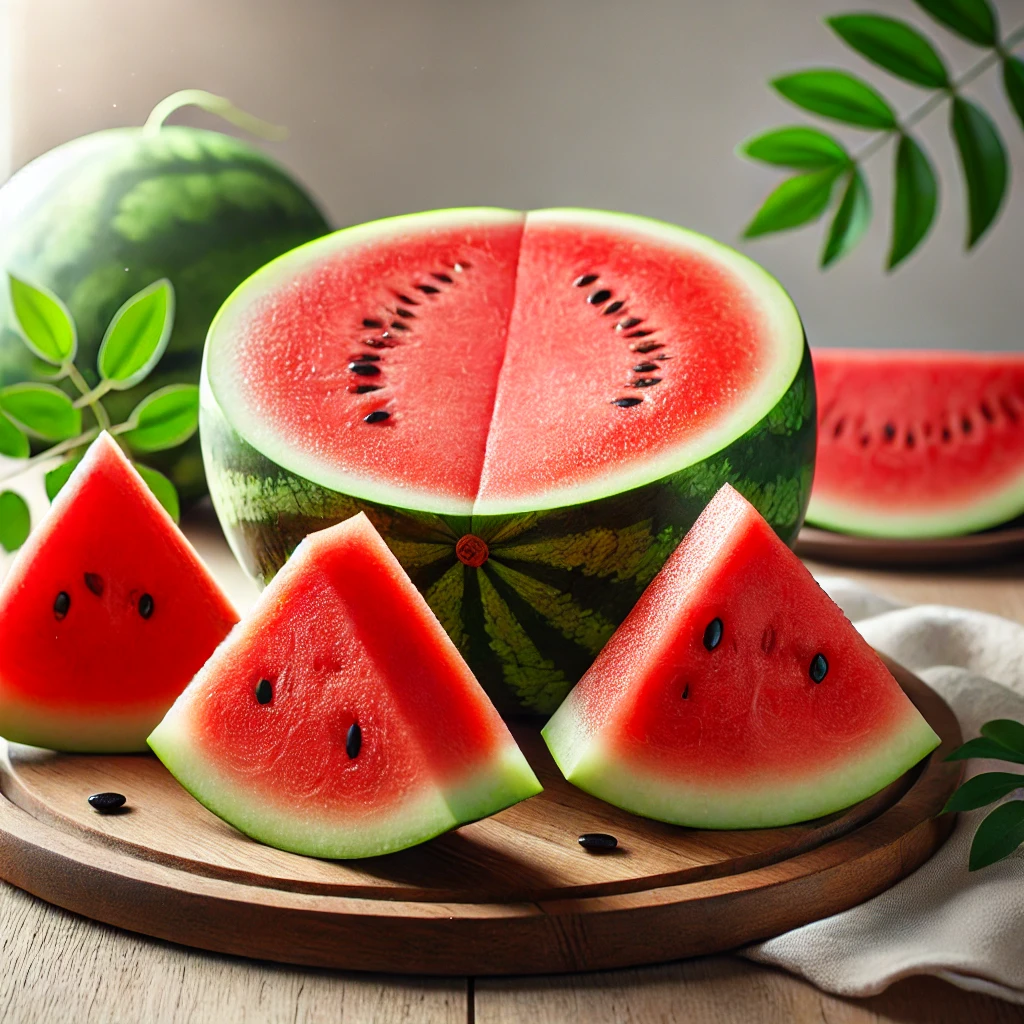
Watermelon conjures up summer picnics and dining al fresco images, yet it is available in most supermarkets.
It is excellent news for IBD patients who require nutrient-dense, highly absorbable meals in their meals. The seedless type isn’t fully seedless, but it’s close, which is beneficial for those who must avoid seeds in their diet.
Watermelon includes potassium as well, though not with some other foods. This is an unexpected bonus for this fruit. Watermelon is high in FODMAPs and must be ingested with care by those suffering from dyspepsia and/or IBS.
Honeydew
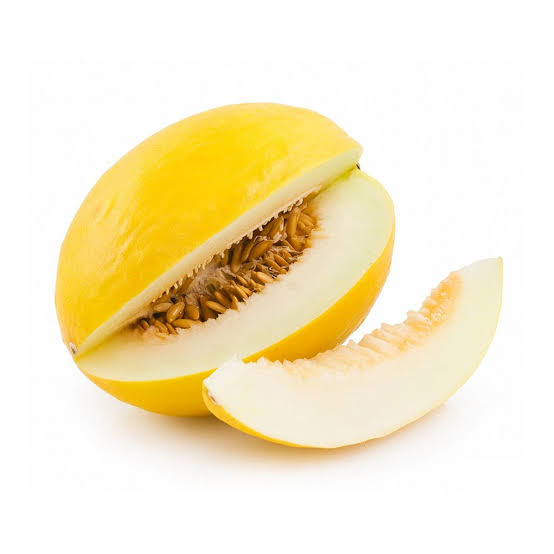
Honeydew is a variety of melon that has a terrible reputation. It is often overlooked instead of other fruits but can be a helpful adjunct to the diet for persons with IBD. The peel of honeydew is thin, while the inside is meaty and blueish green.
It has a light flavor and is pleasant when eaten solo, but it also goes well with fruit salad. Honeydew is an excellent option for IBD because it is easily digestible and abundant in vitamin C.
Honeydew will not continue to mature on your countertop or in the fridge if it has green skin, so pick your best decision on the melon if you’re in the market. Mature honeydew has a creamy white to golden yellow skin with no green.
The peel must yield mildly when squeezed: it should not be firm or squishy. Allowing it to remain for another few days after purchase will result in a sweeter taste. Don’t leave it for too long, or it will get overripe and have an unappealing taste.
What are the most significant things to eat to help with metabolism?
The digestive system breaks down food into nutrients that the body can utilize. Some foods, such as vegetables and yogurt, can aid in digestion. Digestive issues might arise from eating certain foods or adopting dramatic shifts in one’s diet.
Digestive aiding foods
The digestive process starts as early as food reaches the body through the mouth. The body gradually carries this through the digestive tract, breaking it into tiny, more usable pieces.
Ready to eat food can aid at certain stages of the work. Some, for example, lead to weight loss in the belly, while others help the bowels. Fiber is vital for overall digestive health. If an individual isn’t used to eating fiber regularly, it is advisable to continually raise fiber consumption, beginning with dietary fiber found in oatmeal, apples, and bananas.
Each 4–5 days, add one dose of fiber to your meals. Excessive fiber consumption might be detrimental to digestion. However, it is also significant to take adequate water since it mixes with fiber and adds texture to the stool. Particular foods that are beneficial to digesting include:
Ginger-containing foods
Ginger is a botanical that has been shown to help with indigestion and other stomach disorders. Dried ginger powder is a beautiful ingredient for seasoning foods, and pieces of ginger root can be used to brew tea. For seasoning foods, use a high-quality ginger root powder. For optimal outcomes, use fresh ginger root in your tea.
Unsaturated fatty acids
The unsaturated fatty acids aid in the absorption of vitamins by the body, and it also works with fiber to promote bowel movements. Plant oils, such as olive oil, are high in unsaturated fats. Take fats in proportion at all times. For an individual on a diet that contains fat, the dosage should not surpass 77 grams per day.
Skinned vegetables
Vegetables are high in fiber, a substance that aids digestion. Fiber activates the bowels, causing excrement to exit the body. Vegetable skins are generally high in fiber.
Therefore it is recommended to eat them whole. Potatoes, beans, and legumes are examples of plants with fiber-rich skin.
Fruits
Most fruits are high in fiber as well. They also include digestive minerals and vitamins, including vitamin C and potassium.
Apples, oranges, and bananas, for example, are healthy fruits that may help with digestion.
Whole-grain products
Whole-grain foods are also abundant in fiber, which assists metabolism. Whole grains are slowly broken down by the body, which aids with blood sugar regulation. Brown rice and millet are two examples of whole-grain foods.
Yogurt
Bacteria are found in various yogurt products; bacterial spores and yeasts may have digestive advantages.
Kefir
Kefir is a satisfying fermented dairy liquid that contains probiotics. As previously said, they may aid in digestion and intestinal health.
Green leafy vegetables
Green leafy veggies are full of nutrients that aid with processing. According to a new study in Nature Chemical Biology, these veggies also include sulfoquinovose. It is a sugar that may nourish beneficial microorganisms in the stomach, aiding digestion. However, whereas most foods are safe to eat in excess, others are not as beneficial to digest.
Certain habits might also be detrimental to digestion, including consuming too quickly and lying on the ground right after eating. Big meals also can take longer to break down, which can be challenging for some people. Therefore, it is preferable to consume multiple small meals rather than one large one to aid digestion.
Everybody’s digestive tracts, however, differ. Certain people, for example, may well have food sensitivities and allergies, while others do not. For example, a doctor may advise persons suffering from gastrointestinal issues to keep a diet diary. This can assist in identifying meals and beverages that cause stomach difficulties.
Which foods are the simplest to digest?
Easily digestible food products have low fiber content. It’s because fiber, while a healthy part of the food, is the portion of fruits, veggies, and grains that your body can not process.
The fiber goes through your intestinal tract and can create various problems, including gas, cramping, and tough feces. It is the easiest thing to purge. Nutrient deficient foods reduce the number of waste substances and may alleviate your discomfort.
Fruits, canned or prepared
Although whole fruits are substantial in fiber, boiling them greatly breaks down the fiber, making it simpler to digest. Fruit and vegetables can be reduced in fiber by removing the skin and eliminating the seeds.
Eat minuscule quantities of the above fruits because they are raw, and more significant food portions still may cause abdominal pain.
Vegetables, tinned or prepared
Whole veggies, like fruit, are high in fiber. The fiber will be partly subdivided and lower in calories once cooked. You can prepare your veggies yourself or get canned variations from your local food shop.
Additional low-fiber vegetable choices include skinless potatoes and canned tomatoes. Juices made from fruits and vegetables that do not contain sediment are also poor fiber.
Protein and meat ingredients
Low protein main dishes are chicken, turkey, and fish. Delicate slices of beef or pork, as well as minced meats, are also excellent choices. Vegetarians can add protein by using eggs, rich nut butter, or tofu.
The ease with which meat can be digested is also affected by how it is prepared. For example, rather than frying, consider barbecuing, searing, baking, or simmering it.
You may well have read that eating substantial whole grains is the best way to eat if you search for easily digestible grains. However, low-fiber dried or prepared cereals are also available at the supermarket.
Cookies that haven’t been prepared and don’t include dried fruits or nuts could be gentler on your body. Simple pasta or noodles, as well as pretzels manufactured from processed flours, fall under this group.
Purified flours (grains) have had the grain and germ removed, making them digestible. Unprocessed flours undergo less refining and have higher fiber content. However, enriched flours are often not suggested in abundant amounts as part of a diet.
Items derived from milk
Dairy may disturb your digestive system or induce dysentery if you are allergic to milk. Instead, search for milk protein goods that have low lactose content. On the other hand, milk is low in carbohydrates and may be easier to absorb for several people.
Consume plain milk or cheese, curd, and cream cheese as snacks. High-fat dairy meals, such as ice cream, are easily digested.
Other food options
In cooking, flavorings should be utilized with prudence. Whole spices may be challenging to digest. Grounded types should be acceptable. For example, spicy foods and excessive amounts of hot pepper in foods can cause gastrointestinal pain and acid indigestion.
Reducing any food into little bits and chewing every bite thoroughly before ingesting it can also aid indigestion. Make the time for your meals. Thus you don’t eat in a rush.
If you are taking a low-fiber diet, you may find that your bowels are lighter, and your digestive motions are less frequent. To prevent constipation, consume lots of fluids during the day, such as water and herbal tea.
How to Heal from Bulimia: 5 Ways to Regaining Control of a Situation
Bulimia nervosa is an overheating problem that can have severe consequences for your body, emotions, and life. Receiving bulimia treatment could save your life. But once you’ve figured out how to heal from bulimia, your life will change radically – in surprising and often difficult circumstances.
Bulimia treatment is a continuing activity that does not cease when you leave acute treatment or even months and years after your last purge. The explanation of “how to heal from bulimia” is highly personalized and complicated.
Still, the following suggestions can help you solve your unhealthy body image difficulties as you begin your rehabilitation path. Seeking support would be the first step toward recovery from bulimia. Inform a trustworthy family member or friend, or seek professional help.
Since recovery from bulimia is a complex process with numerous roadblocks, asking for help from a specialist specializing in disordered eating rehabilitation will assist you in navigating the unexpected turns of treatment.
Most people are recovering independently, but seeking assistance might be critical to healing. Once you’ve established your support network, ideally with the help of a person, you can start following these measures to overcome bulimia finally.
1. Put an end to the binge-purge cycle
A practice of bingeing on eating and subsequently purging, either through producing puking, restricting/dieting, training, or using drugs to try to mitigate (or substitute) again for the food ingested, is one of the significant signs of bulimia.
And it can feel unbreakable, this terrible routine. Understanding the reasons for this tendency might assist you in breaking free with the assistance of your therapy team. You should avoid the food that can make you purge.
- Avoid Limiting Your Diet – Deprivation is a common trigger for a binge. Limiting your food consumption, whether to satisfy a desire or satisfy your body’s basic nutritional demands, can cause your system to perceive deprivation, leading to a binge.
So, even though it may seem paradoxical, eating frequently is the most critical aspect of avoiding the impulse to binge. Instead, consume regularly, pay attention to your appetite, and ensure you provide your body with the nutrients it requires.
- Discover Your Connections – Most persons who have bulimia may recall events that triggered bingeing and cleansing. A trigger might be as fundamental as being at a specific location or at a specified time of the day. Triggers can include stress, depression, loneliness, and anxiety. Some meals may also trigger some people quickly in their recovery.
To break the binge-purge pattern, you must first identify what causes this habit and then devise techniques for dealing with all those triggers.
- Create a Strategy to Conquer Bulimia – What are you doing when you feel the urge to binge and purge? Breaking the cycle is often just as simple as getting through a difficult period.
Make a plan to assist you in dealing with these situations. For example, understanding when the feeling strikes can help you get through it.
Contacting a friend or relative, diverting yourself with an activity, or traveling to a safe place where you don’t have the means or accessibility to binge or purge are all items you might want to include in your plan.
2. Begin to Mend Your Relationship with Food
Bulimics can lose contact with their bodies’ signals about hunger and satiety. Instinctive eating can assist you in reconnecting with those cues and negotiating peace with food. It’s an anti-diet strategy.
Rather than instructing you what to eat or how much to consume, Integrated Eating is about regaining your confidence in food and acquiring the nutrients your body requires! Keep away from food that can make you purge.
- Investigate Intuitive Eating in Recovering – Working closely with your care team while studying Intuitive Eating might benefit someone in bulimia recovery.
Your team’s food plans and recommendations might help you regain your foothold in the initial stages as you connect with hunger and satiety.
3. Control Your Anxiety
For several persons who have bulimia, anxiety has been at the root of their habit. But on the other hand, controlling stress is a critical component of how to heal from bulimia.
- Pick the Best Bulimia Therapy for You – Anxiety can also be treated successfully. Since not all approaches work for everyone, it may take a little practice to determine what works best for you.
- Divert your attention away from your anxiety – Diversion can be a valuable tool in the fight against worry. Find strategies to identify so that you can get through a stressful situation.
A repetitive occupation, such as crocheting or drawing in an adult picture book, might be relaxing and diverting enough for many people to alleviate their anxiety.
As well as, some people may have to physically remove themselves from an uncomfortable time or circumstance by taking a walk or driving with the radio on.
4. Begin to mend your connection with your body
Bulimia is harmful to your relationship with yourself in a variety of ways. It can create bodily harm, such as the esophagus and dental issues, but the damage extends well beyond that.
Bulimia can transform you into a soldier towards your own body, fighting a war with your flesh. And restoring that connection and reuniting with your physique as a companion, not an enemy, is an essential part of recovery.
- Accepting Health at All Sizes – Health at Every Size (HAES) refers to a comprehensive health and well-being strategy. It is the antithesis of a weight-centric approach, promoting health as a continuum rather than an end-point or moral necessity.
Understanding HAES involves: Learning a new way to care for your physique. Finding joy in food and moving. Releasing “fitness” restrictions based on body weight.
- Split Up With Your Scale – The digital scale is an integral part of the everyday lives of several people suffering from eating disorders. The score on that scale can appear like the deciding factor between having a good or bad day.
Getting rid of your scale might be a game-changer in your rehabilitation.
Whether you throw it away or shatter it with a hammer symbolically, trying to get rid of your gauge signifies that those figures no longer deserve to control your actions or feelings. (A word of caution to those who chose the hammer: wear goggles!) Going to break up with your weighing scale allows us to focus on how your body feels rather than how much it pounds.
5. Create a Support Network
Most persons who heal from bulimia do it with the help of others. They have a community of people willing to help them all along the route.
Best friends, trustworthy family members, therapy teams, support networks, and even online rehabilitation organizations can all be part of your system. These people could help you get through difficult times, celebrate wins and milestones in your rehabilitation, and be there to encourage you as you heal.
Conclusion
Most foods that aid digestion are highly nutritious and rich in fiber. That food also comes under the most accessible foods to purge.
Vegetables and whole cereals are examples of fiber-rich foods. For example, some persons susceptible to digestive problems may benefit by simply eating meals, ingesting a healthy quantity of fiber, and eliminating any trigger foods.
If your digestive issues remain after making these adjustments, consult a doctor for guidance and treatment. In addition, a health situation such as inflammatory bowel disease may be interfering with absorption.
F.A.Q.
Which fruit is the most beneficial to the digestive process?
Most fruits are high in fiber as well. They additionally contain digestive minerals and vitamins, including vitamin C and potassium. Apples, oranges, and bananas, for example, are healthy fruits that may help with indigestion.
Which fruits are helpful for cleansing and come under the Easiest foods to purge?
For those looking to detox, lemons are indeed the go-to fruit. It is an antioxidant, rich in vitamins, and helps combat oxidative stress, which can be bad for the body. Lemons also have an acidic effect, which includes establishing the body’s pH equilibrium and so improves the immune response.
What foods can help you stop purging?
The best choice is bland, low-fiber foods. Limited foods are potatoes, white rice, bananas, apples, fish, and skinless chicken or turkey. Improve your health, and consuming lots of water to prevent dehydration can aid in the treatment of diarrhea symptoms.
I am involved with a health organization. Since 2017 I work on different health-related projects in various countries. I love it to conscious people about health.
I’ve recently started a web site, the information you offer on this website has helped me greatly. Thanks for all of your time & work.
Great site. Plenty of useful information here. I’m sending it to several friends ans also sharing in delicious. And naturally, thank you for your effort!
Taya99comlogin, what up! Getting logged in is pretty smooth, no major hassles. Games are decent. I’ve seen better, but I’ve also seen way worse. Definitely worth a peek for a quick round. Peep it: taya99comlogin
Vipwincom, eh? I was lookin’ for a new spot to play, and stumbled across these guys. The signup process was a breeze, which I always appreciate. Give vipwincom a try!
Mxwin27 is worth a look. There’s plenty to do to keep me busy! I like that the site is well set up. I’m hoping to have a nice win soon. mxwin27